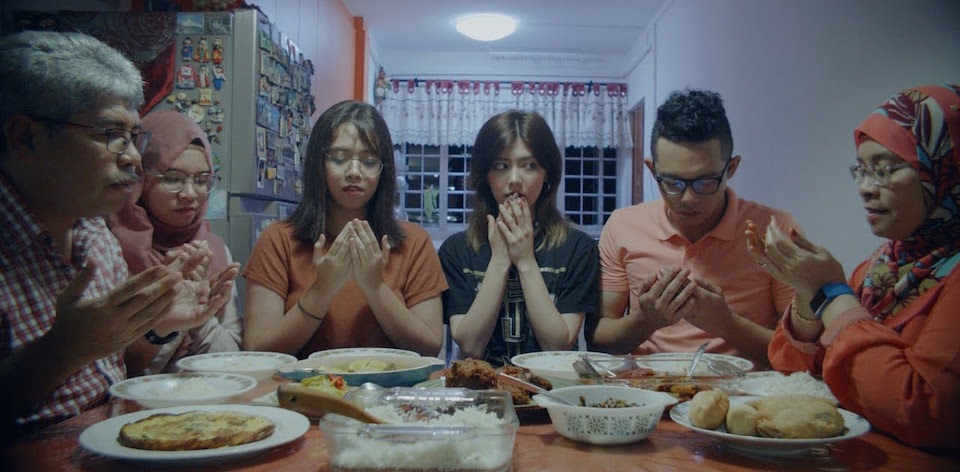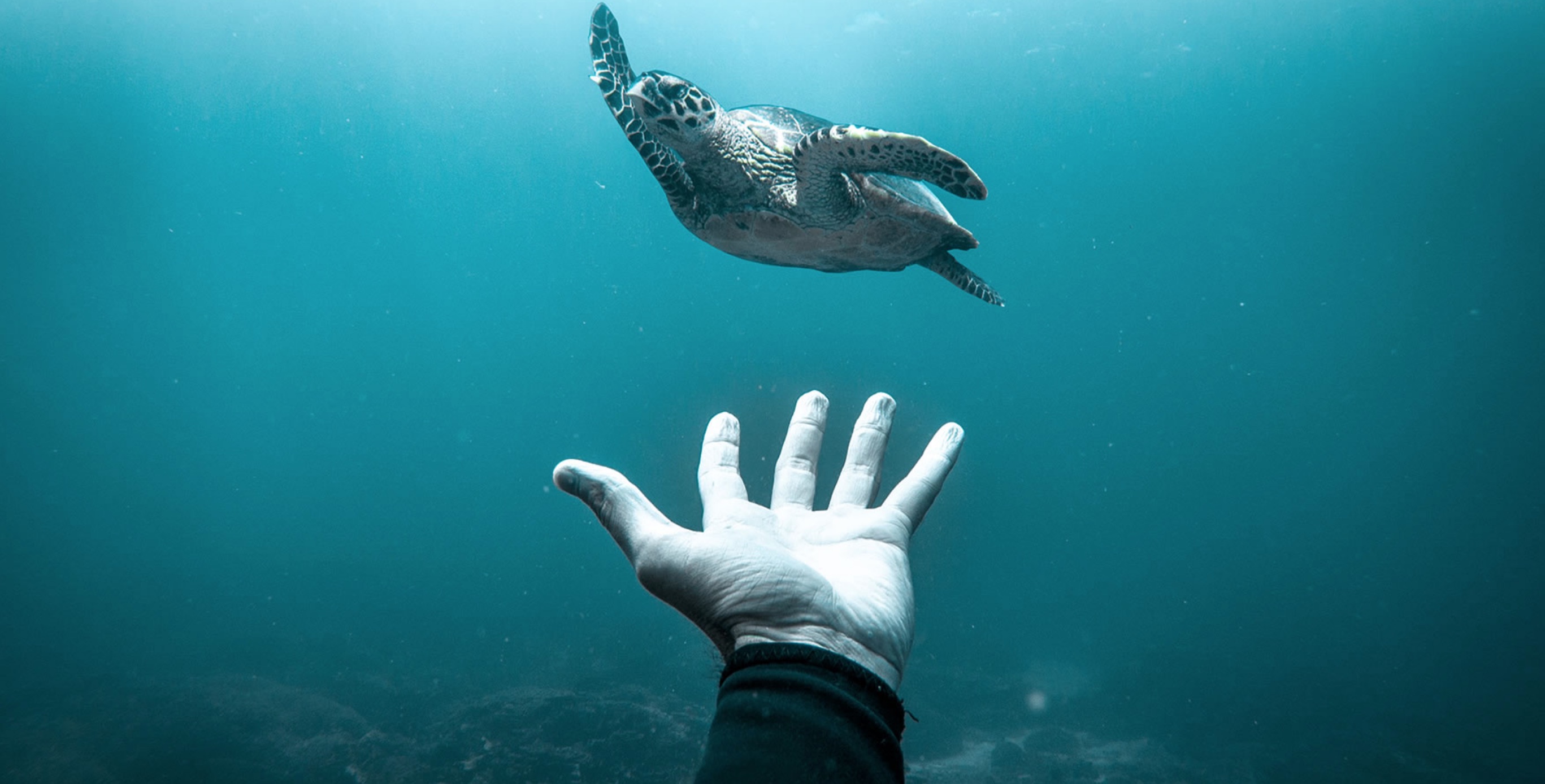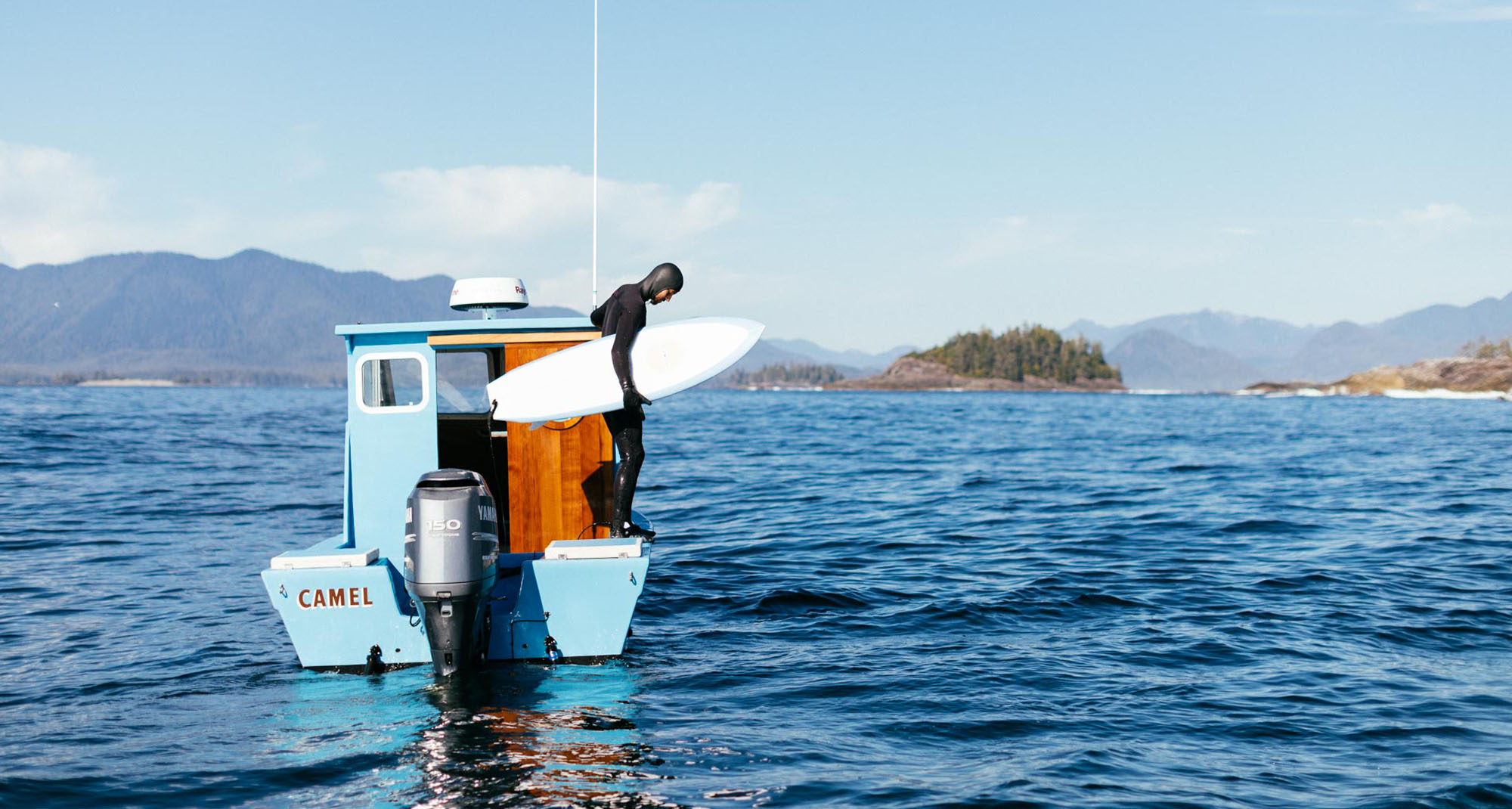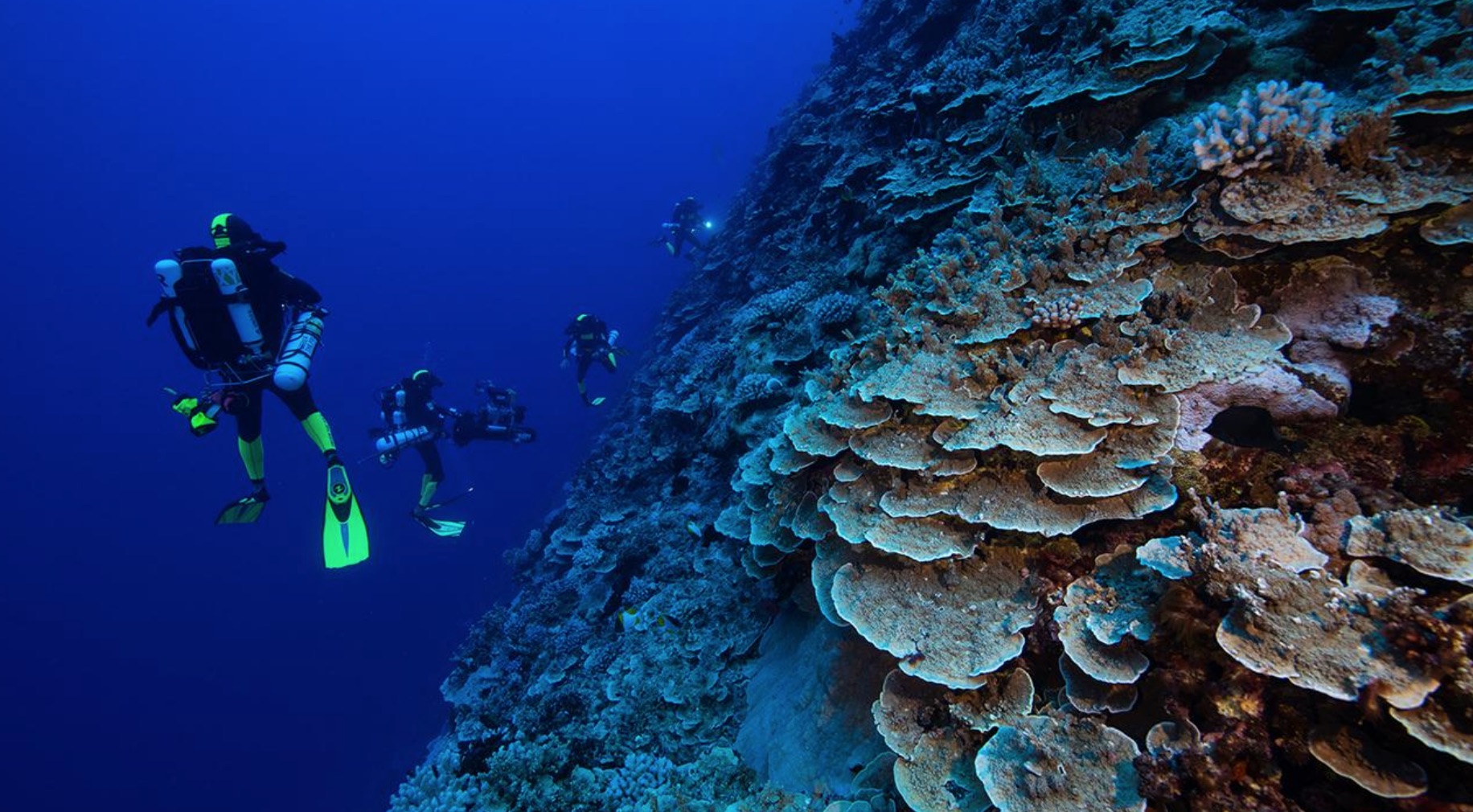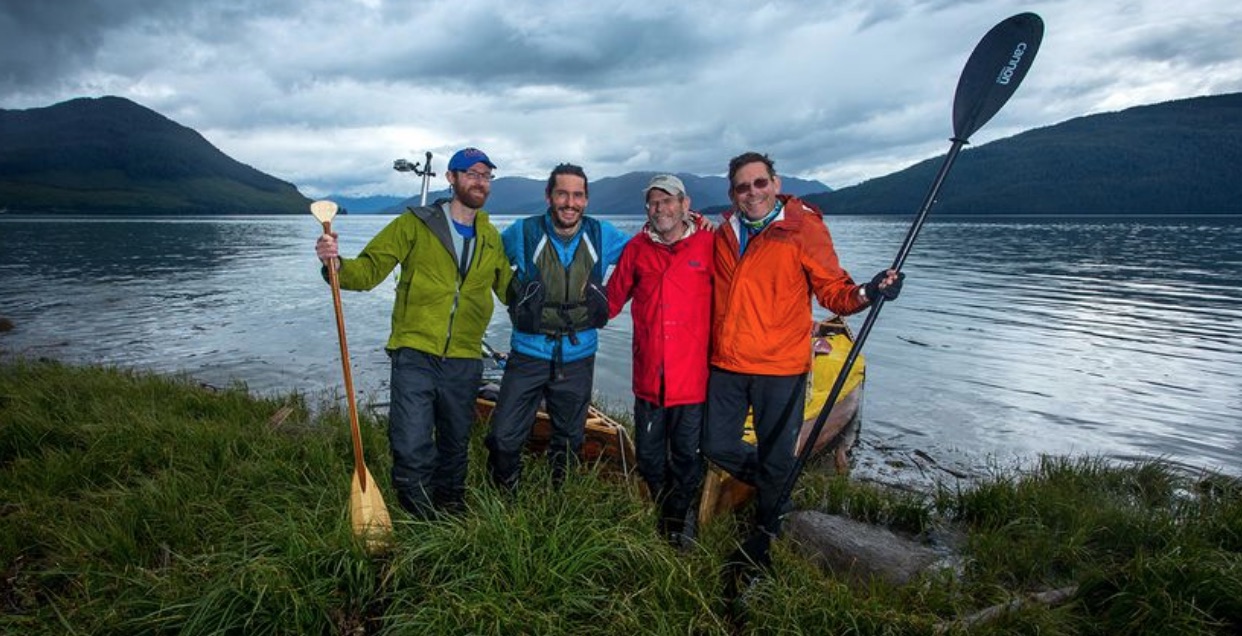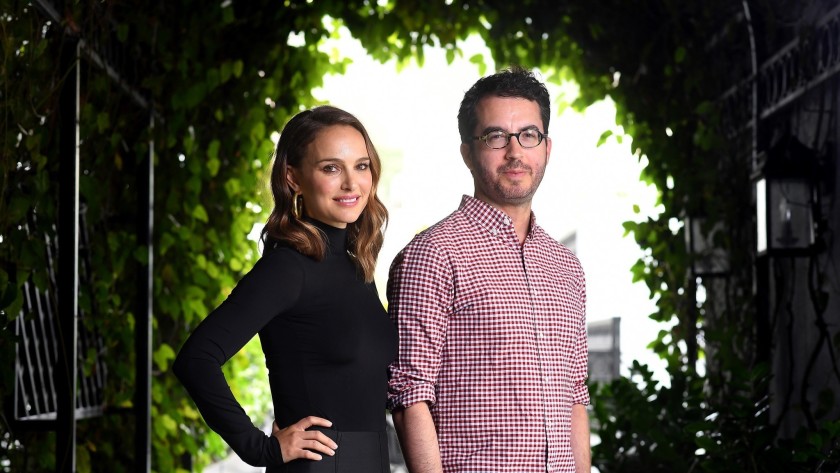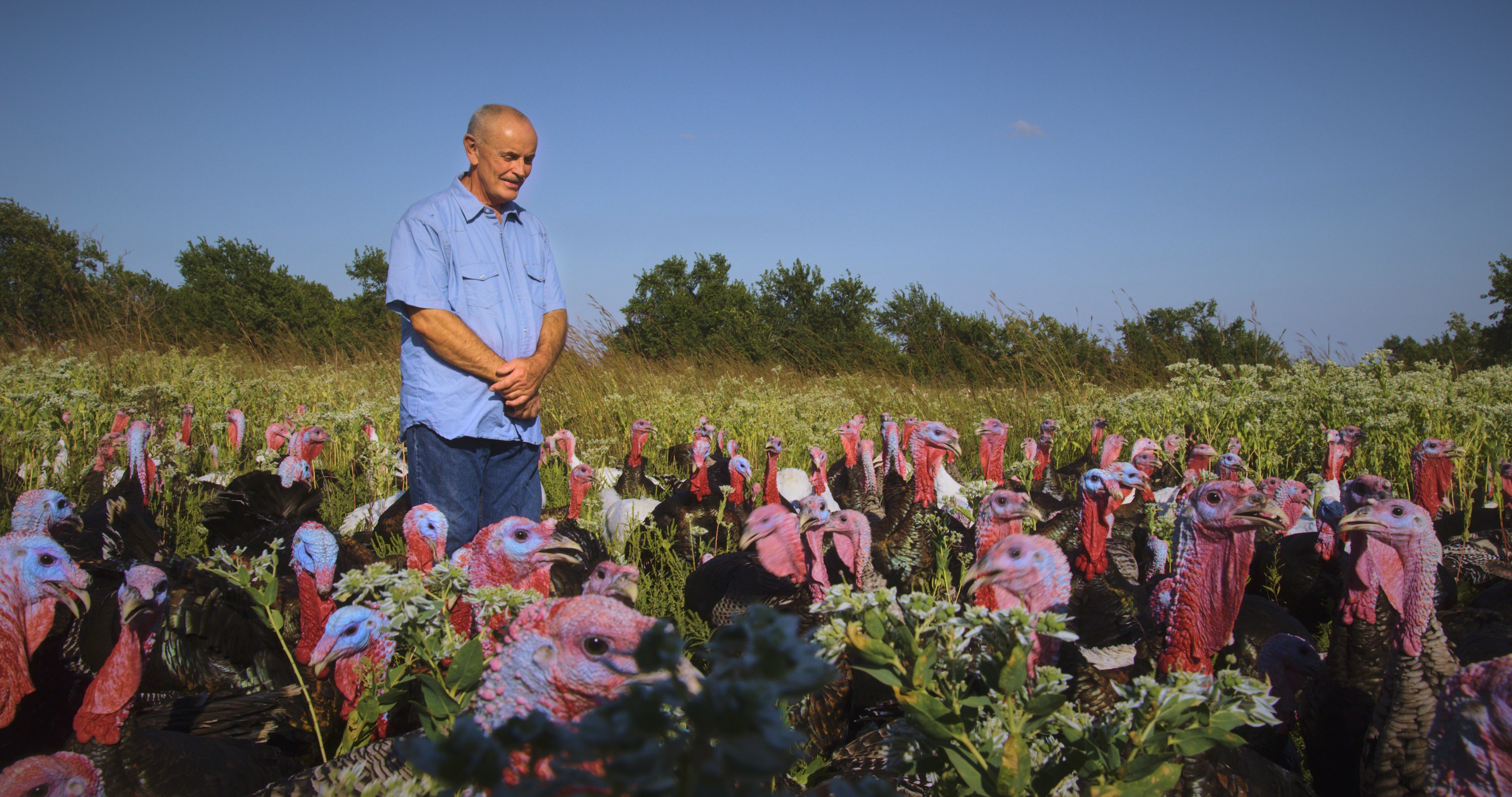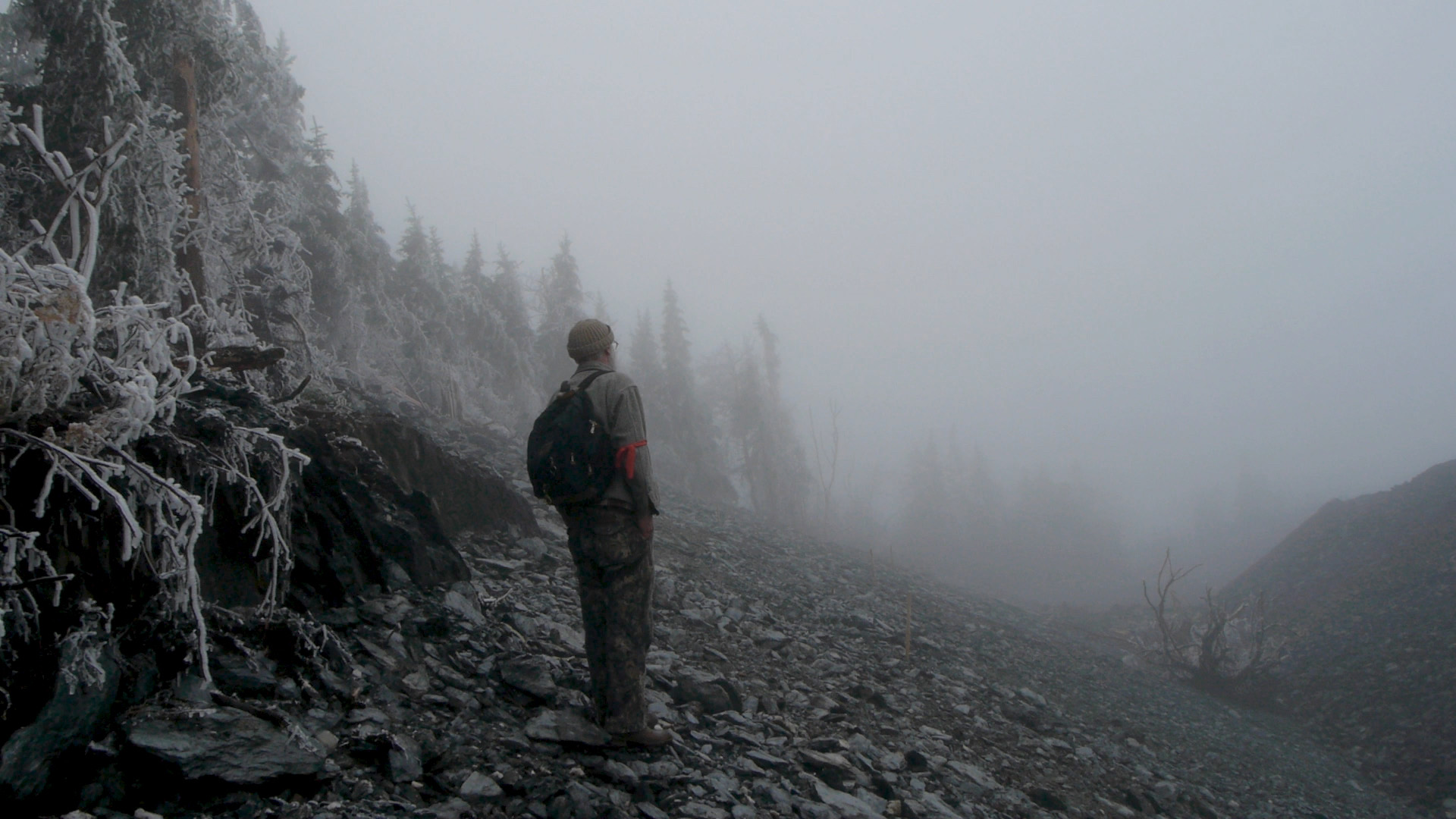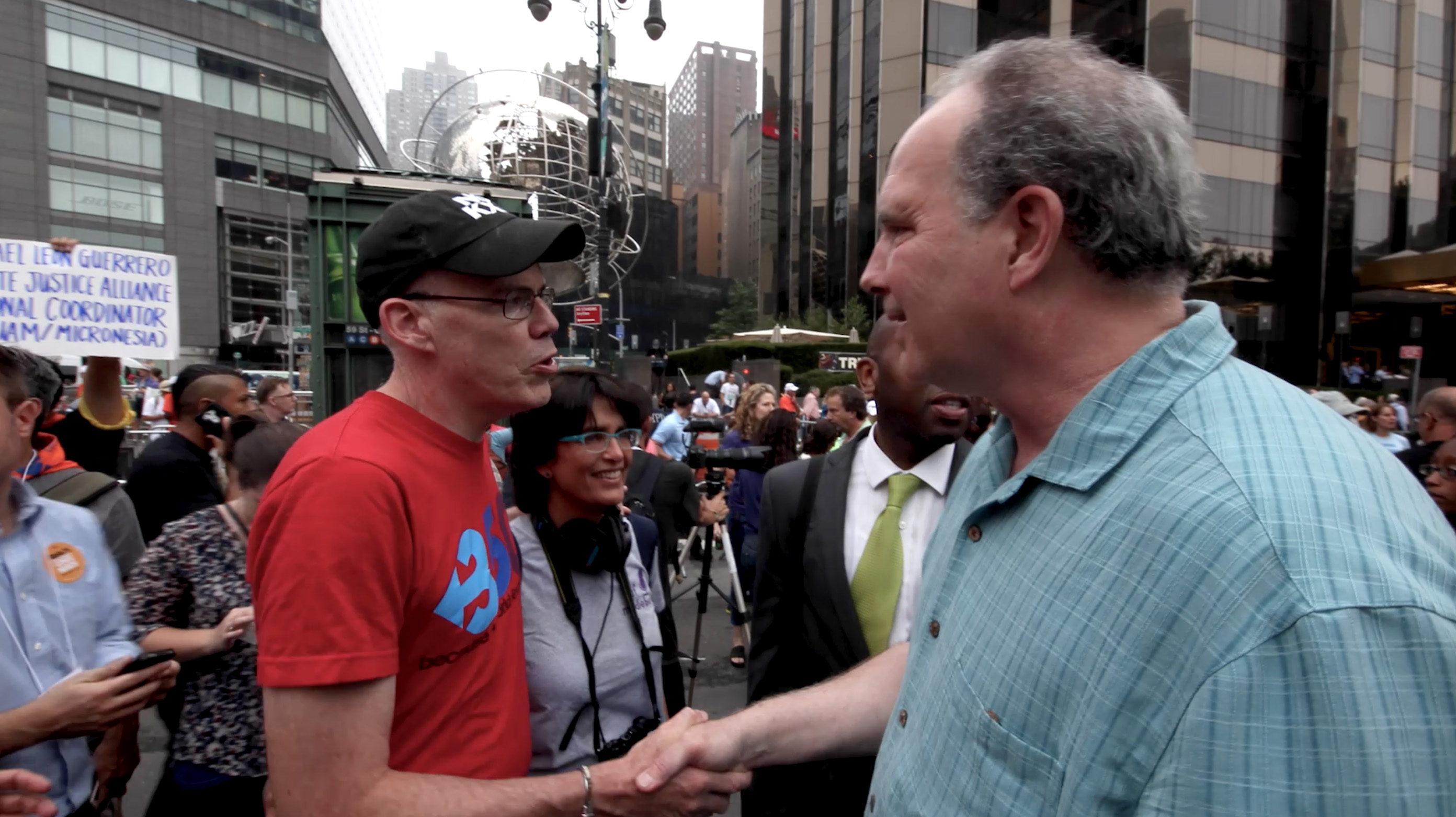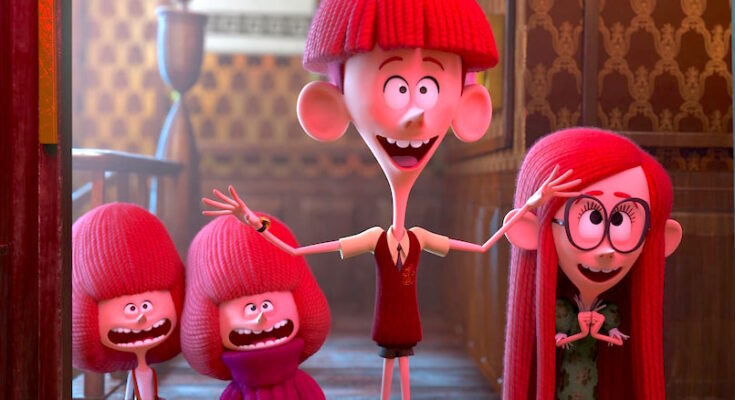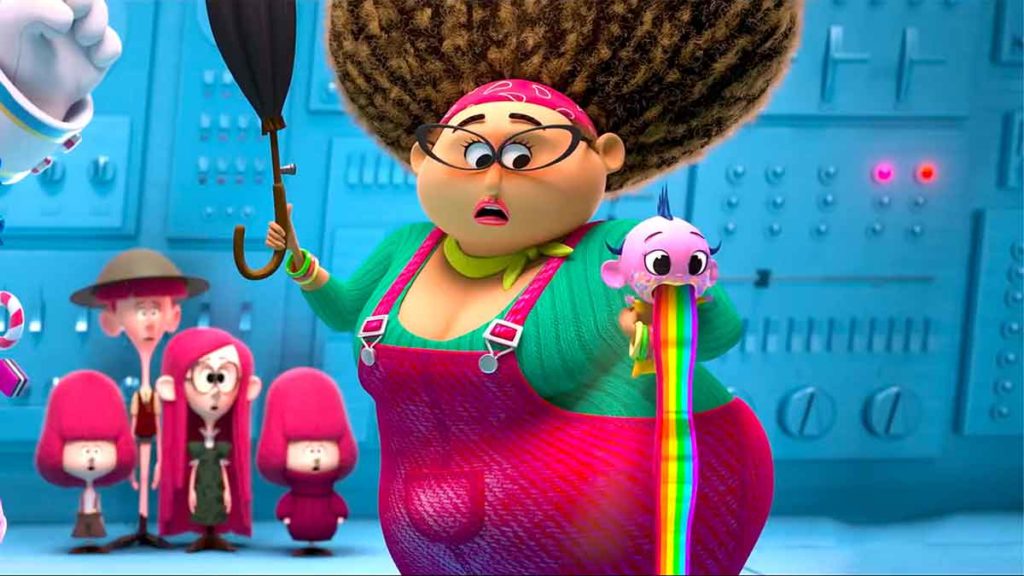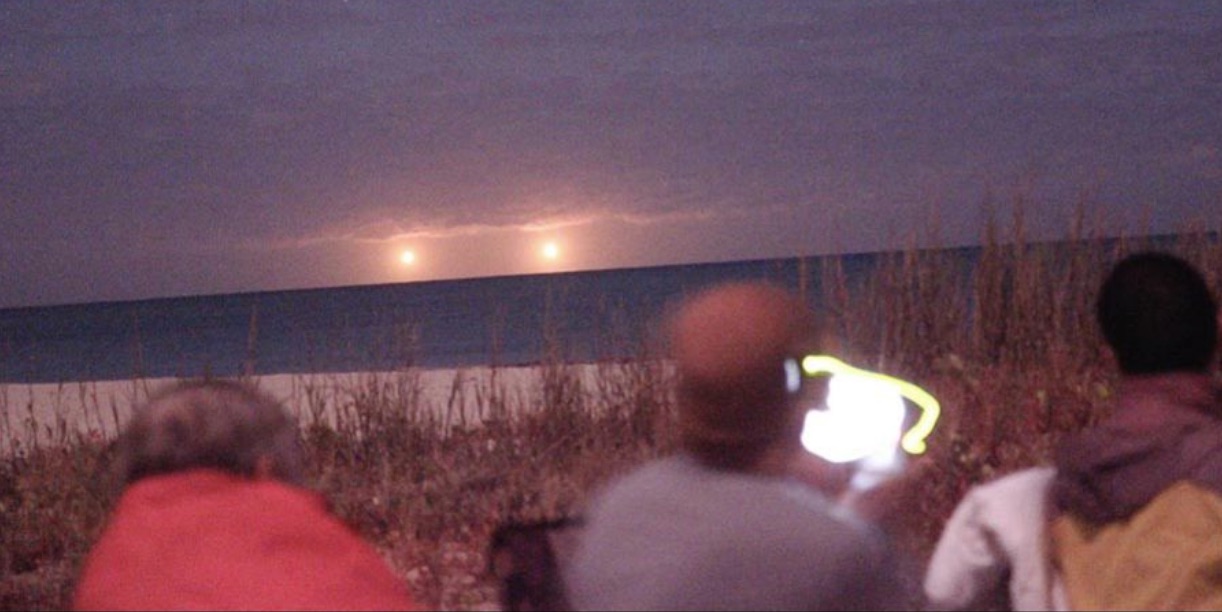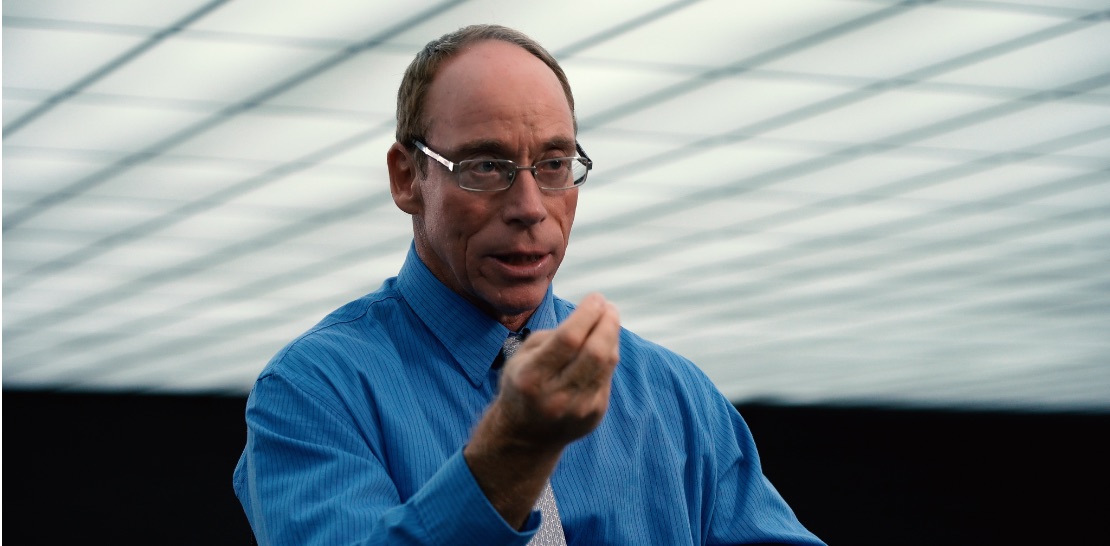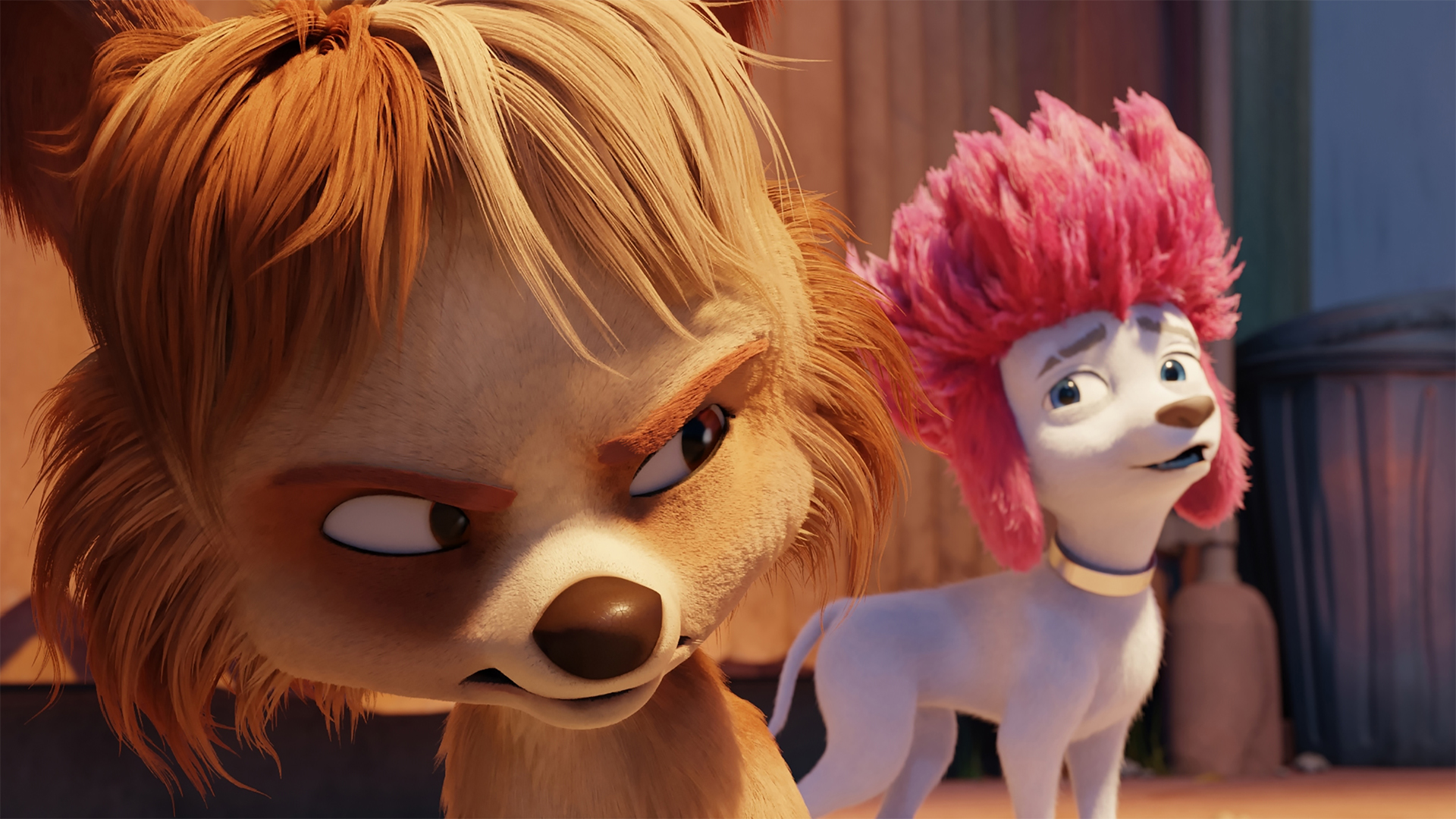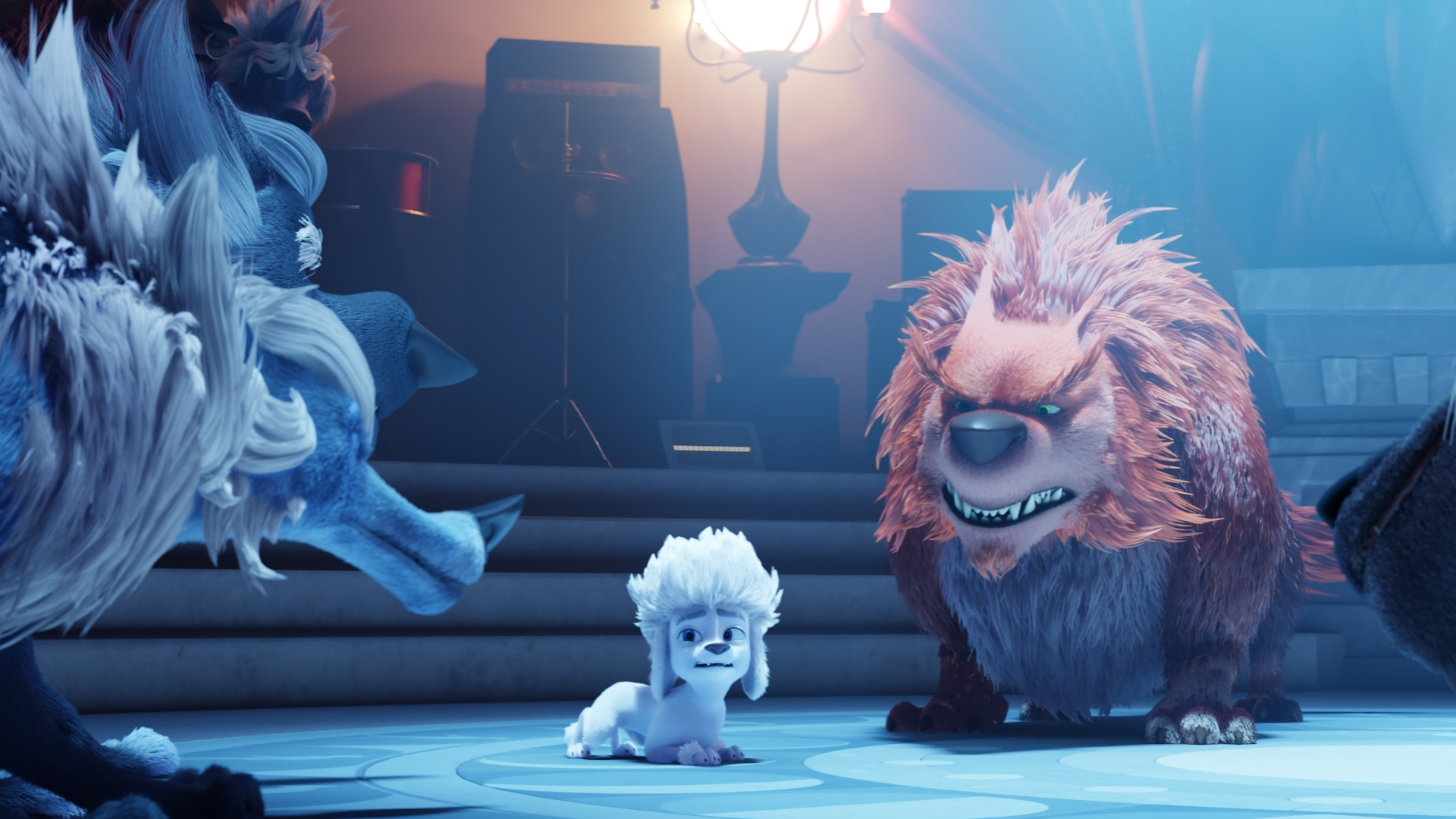Stars: William Lodder, Richard Roxburgh, Frances O’Connor, Anastasia Bampos, Darius Amarfio Jefferson, Cooper van Grootel and Dan Wyllie.
Writer: Steve Worland.
Director: Owen Trevor
Rating: ★ ★ ★

…or, “The Kart-y Kid.”
A young, widowed mum cuts ties with the sadness of her past life and travels cross country to give her teenage son a fresh go at young manhood. There, he finds a new father figure of sorts in an old sports recluse, who bestows wisdom upon his new charge while finding his own new lease on life.
So went John G. Avildsen’s 1984 teen classic The Karate Kid and so goes Owen Trevor’s Go!, which swaps out Ralph Macchio, Pat Morita and ‘The Crane’ for William Lodder, Richard Roxburgh and the inside lane in its shamelessly derivative but generally likable retelling of the familiar narrative. Also gone are the martial arts (except for one quick nod to the source material’s ‘junkyard brawl’ scene), with the dusty, screeching world of go-kart racing providing the new road to realising one’s potential.
Handsome newcomer Lodder impresses as Jack Hopper, a generally upbeat young man despite the loss of his dad (Adam T. Perkins, in flashback) several years prior. Why mum Christie (Frances O’Connor) decides to relocate from Sydney to Busselton, Western Australia when both seem to have overcome the worst of their grief (he died when Jack was 11, a good eight years ago) is never fully reconciled by writer Steve Worland’s sometimes patchy narrative, though dialogue and character represent a marked improvement over his previous work, Paper Planes (2014).

Christie scores Jack an invitation to the birthday party of Mandy (Anastasia Bampos), the best darn mechanic in all Busselton and daughter of local go-kart magnate Mike Zeta (Damian de Montemas, the film’s ‘Cobra Kai’-like villain). The meet will be held at the local go-kart dustbowl, overseen by world-weary crank-pot recluse, Patrick (Richard Roxburgh), whose gruff exterior hides a pain that…anyway, you get the drift. When Jack channels his inner hoon and proves to be a go-kart natural, Patrick and Mandy join his crusade to dethrone Mike’s son Dean (Cooper van Grootel, going full-Zabka) by taking it ‘all the way to the Nationals’.
As in all manifestations of The Karate Kid, the best moment in Go! is the training montage, during which the brash cockiness of the young un’ is worn down by the wise old master with the kid having no idea he is being readied for his new life goals. The ‘wax on, wax off’ scenes are played well (Karate Kid tropes are even referenced in one off-camera comment), as are those final crucial moments which indicate Daniel…I mean, Jack has learnt an important lesson about respecting your elders and growing out of the past. Mid-section has very little to do or say and conjures some minor conflicts without much conviction before getting back to the action.
In his feature directorial debut, Trevor captures the close-quarters go-kart action with an immersive energy (a professional history filming the Top Gear series proves a bonus), though he can’t breath too much life into perfunctory subplots involving Jack’s new best bud, Colin (Darius Amarfio Jefferson, in the comic sidekick role that was played by Julian Dennison in Paper Planes) and attempts by local cop Barry (Dan Wyllie) to woo Christie. A terrific collection of tunes, old and new, help bolster audience engagement, while the crowd-pleasing ending that you know is coming before you even take your seat hits all the right notes.







